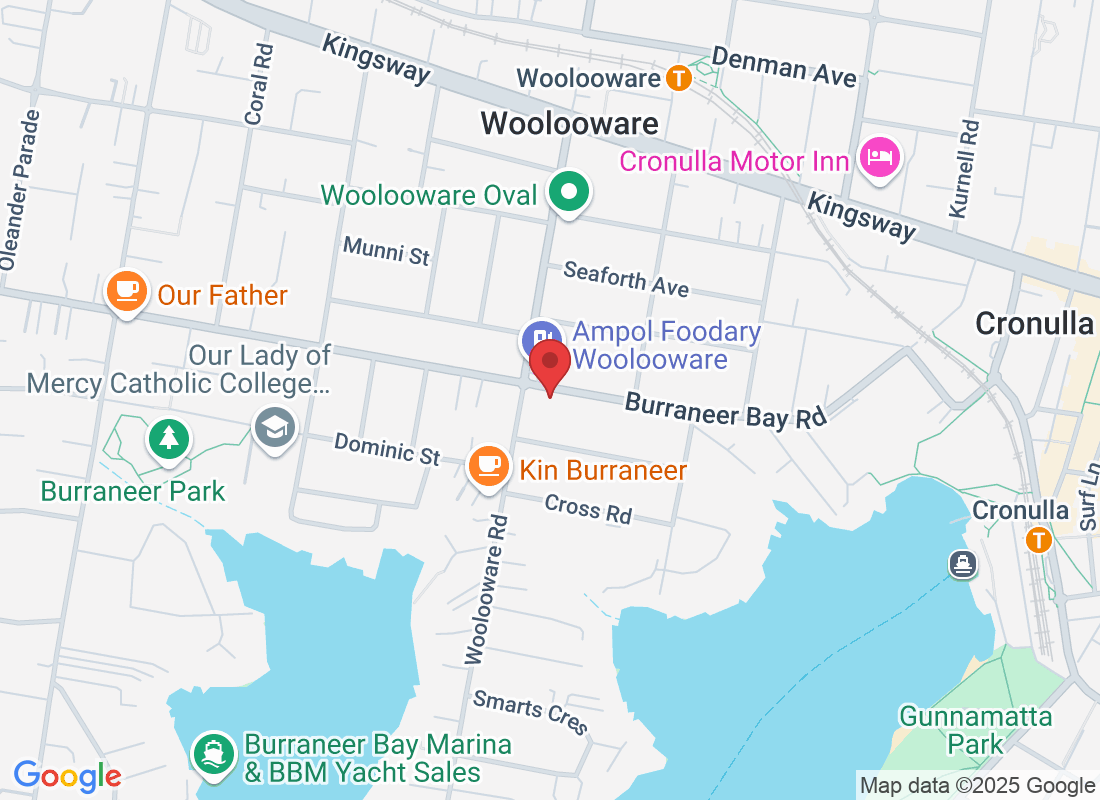
Rotator Cuff Injuries: Comparing Surgical Interventions and Conservative Physiotherapy Treatments
Rotator cuff injuries are among the most common causes of shoulder pain, affecting many individuals from athletes to older adults. At Southside Physiotherapy, we understand the impact these injuries can have on daily life and performance. As leading Physiotherapists in Cronulla NSW, we are often asked whether surgery or conservative physiotherapy is the best route for recovery. In this post, we’ll explore both options, examining their benefits and drawbacks, so you can make an informed decision about your shoulder health.
Understanding Rotator Cuff Injuries
The rotator cuff is a group of four muscles and their tendons that stabilise the shoulder joint. These muscles are responsible for various shoulder movements such as lifting and rotating the arm. Injuries to the rotator cuff typically occur due to overuse, trauma, or degeneration over time. Symptoms may include shoulder pain, weakness, and a reduced range of motion.
In many cases, individuals initially attempt conservative treatments; however, when pain persists and function declines, surgical interventions may be considered. The choice between surgery and physiotherapy depends on several factors, including the severity of the injury, your age, activity level, and overall health.
Surgical Interventions for Rotator Cuff Injuries
Surgical treatment is often recommended when conservative measures fail to provide adequate relief, or if there is a significant tear in the tendon. Common surgical procedures for rotator cuff injuries include arthroscopic repair and open surgery.
Arthroscopic Repair:
This minimally invasive technique involves inserting a small camera and instruments through tiny incisions around the shoulder. The surgeon carefully repairs the torn tendon using sutures. The advantages of arthroscopic repair include reduced scarring, less postoperative pain, and a quicker recovery compared to open surgery.Open Surgery:
In cases of large or complex tears, open surgery may be necessary. This involves a larger incision to provide the surgeon with better visibility and access to the damaged tissue. Although the recovery time may be longer, open surgery can offer a more comprehensive repair in severe cases.
Post-surgery rehabilitation is crucial. It typically involves a structured physiotherapy programme to restore range of motion, rebuild strength, and eventually, return to normal activity levels. As a Physiotherapist Cronulla NSW, we emphasise that surgery is just one part of the recovery journey. Without a dedicated rehabilitation plan, the benefits of surgery can be significantly diminished.
Conservative Physiotherapy Treatments
Conservative treatment is often the first line of defence against rotator cuff injuries. This non-invasive approach includes a combination of physiotherapy techniques aimed at reducing pain, restoring function, and preventing further damage.
Manual Therapy:
Manual therapy techniques, such as joint mobilisation and soft tissue massage, are used to relieve pain and improve mobility. These hands-on methods help relax tense muscles, reduce inflammation, and improve overall shoulder function.Exercise Therapy:
Tailored exercise programmes are central to conservative treatment. They focus on strengthening the rotator cuff and the surrounding muscles to support the shoulder joint. Common exercises include isometric contractions, resistance training, and stretching routines. Over time, these exercises not only alleviate pain but also help in preventing recurrence.Posture Correction and Ergonomics:
Poor posture can exacerbate rotator cuff problems. Physiotherapists work with clients to correct posture and improve ergonomics, ensuring that daily activities do not place undue stress on the shoulder.Modalities and Adjunct Therapies:
Other treatments such as ultrasound therapy, cold/heat therapy, and even electrical stimulation may be used to complement the exercise regimen and provide pain relief.
The conservative approach aims to address the root causes of pain without the need for invasive procedures. Many individuals find significant relief and improved function through physiotherapy alone, making it an appealing option for those who wish to avoid surgery.
Comparative Analysis: Surgery vs. Physiotherapy
The decision between surgical intervention and conservative physiotherapy largely depends on the specific circumstances of the injury:
Severity of Injury:
Minor to moderate tears or tendinopathies often respond well to conservative treatment. Severe or full-thickness tears may require surgical repair for optimal outcomes.Recovery Time and Risks:
Surgery, even minimally invasive options like arthroscopy, carries inherent risks such as infection, complications, and a longer recovery period. Conservative treatment typically has fewer risks and can be tailored to an individual’s recovery pace.Cost and Accessibility:
Surgical procedures may incur significant costs and require time off work for recovery. In contrast, physiotherapy offers a more cost-effective solution with the added benefit of preventing future injuries through ongoing maintenance exercises.Client Preference and Lifestyle:
Some individuals prefer a non-invasive approach that allows them to maintain their lifestyle with minimal interruption. For others, the potential for a faster, more definitive repair via surgery might be more appealing.
At Southside Physiotherapy, we advocate for a personalised approach. As your trusted physiotherapists in Cronulla NSW, I work closely with you to assess your condition and recommend the most appropriate treatment path based on your unique needs and goals.
Final Thoughts
Rotator cuff injuries can be both painful and debilitating, but with the right treatment plan, recovery is well within reach. Whether you opt for surgical intervention or conservative physiotherapy, understanding the benefits and limitations of each approach is key. By investing in proper rehabilitation—be it post-surgery or as a stand-alone treatment—you’re taking an important step toward regaining shoulder strength and enhancing your quality of life.
If you’re experiencing shoulder pain or suspect a rotator cuff injury, don’t wait to seek advice. Contact Southside Physiotherapy for expert guidance, and let’s work together to get you back to the activities you love.



